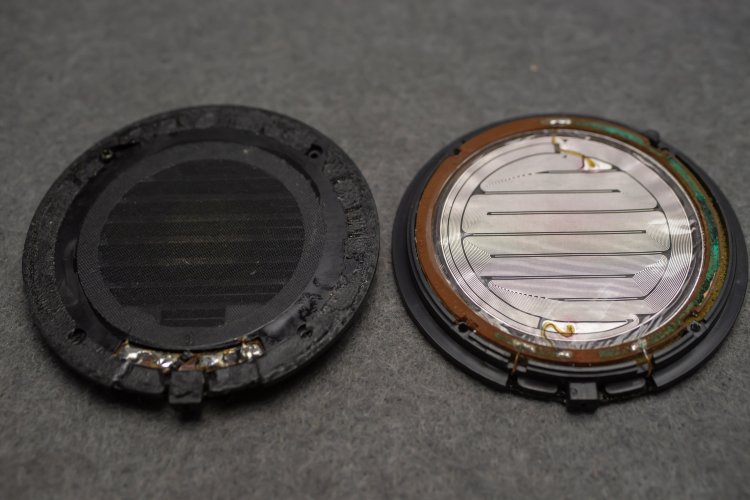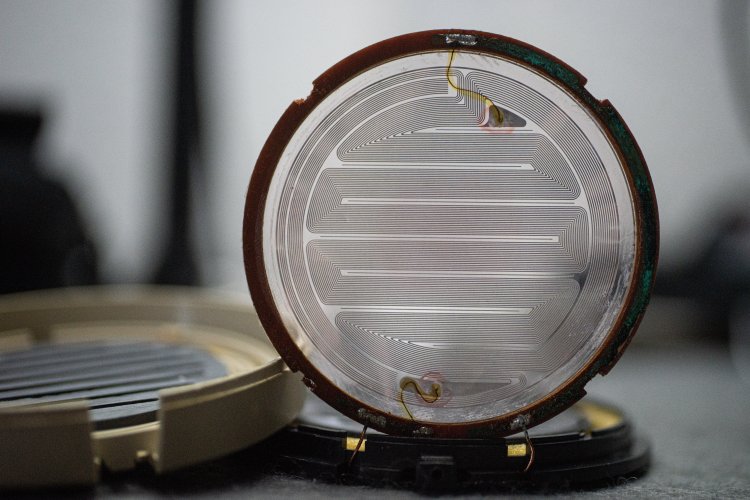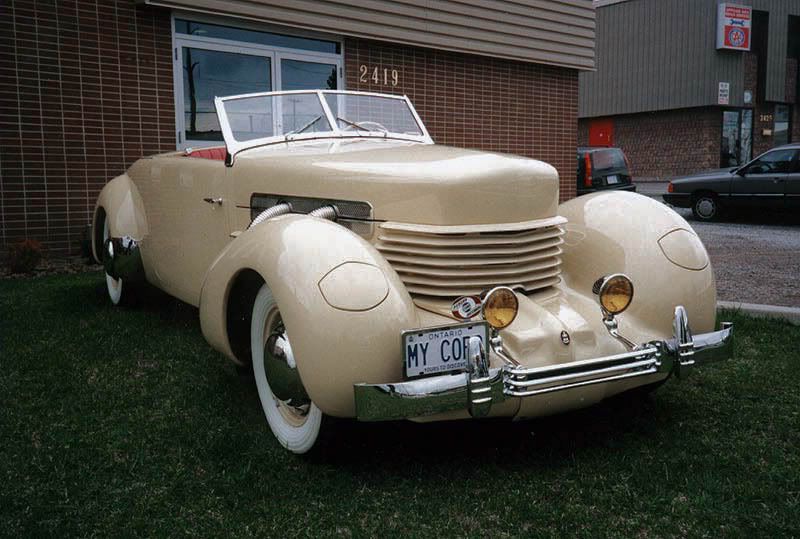Quote:
Originally Posted by Duggeh
...headphones which look kind of like a nicotine stained children's toy...
|
Heh heh. Back when cigarettes were all the rage, there was a factory color you could order for the Cord 812 called Cigarette Cream.
Quote:
Originally Posted by Duggeh
...go on eBay for only a couple of quid a pop, they really are superb.
|
Yaaass. I enjoy popping the odd quid myself.
Pop! There goes one now! I'm glad your opinion of the Yamahas has risen.
Quote:
Originally Posted by Duggeh
So yeah, I'll be joining team Ortho.
|
Welcome to the team. We really must get you some felt, though.
Quote:
Originally Posted by Duggeh
Regarding damping and the backwave and such, wouldnt the best solution be to have a completely open backed design so that the backwave isnt an issue? Or is the damping actually nessessary in order to obtain low frequency response?
|
Damping will help the
quality of the bass (by reducing overshoot and boinging) and, because the midrangey bloat is reduced, the apparent bass
quantity increases.
Yamaha seemed to make two different kinds of diaphragm for the early Orthos-- tight and loose. The loose ones sound worse out of the box but firm up nicely with help. They're also the ones with real bass. But how to keep that bass from leaking away?
Actually, opening the back of a headphone
increases the danger of bass backwave comin' sneakin' 'round yo' door. Luckily, since the drivers are sealed to their baffles (you
did seal your drivers to their baffles, didn't you?), and there are earpads to block out any bass backwave that might come sneaking by, bass cancellation isn't a problem with any of the non-YHD Orthos and wouldn't be even if the back of the driver were open, as we see with the Fostex T50 (of course the T50 has a damping pad, so technically it's not fully open. It also has the biggest dang earpads you ever saw, just to make sure).
In a classic dipole, treble doesn't have a backwave cancellation problem because the wavelengths are short enough that they just beam straight out the back. Treble doesn't bend and wriggle around things to come back to bite you the way bass does (it can be
diffracted around solids, but that's another discussion)
Bass, on the other hand, is tricky but stupid.
It would kill you and give your family a hard time if it could only figure out how. It acts like water-- it bends around obstacles and goes everywhere. Control it with earpads and vent damping and it won't hurt you.
True, treble acts more like light and is mostly harmless, but like light it can be reflected-- and this property can, if left uncontrolled in a headphone cup with no absorptive material inside, roughen up the top end (the old comb filter effect), and that cuts down on the sparklies. This is true no matter the operating principle of the driver, but it's especially true for dipoles-- all planar headphones qualify.
[UPDATE: However, we can use this quality of treble wavelengths to our advantage with something called the "reflex dot", mentioned further along in this thread, here.]
Mostly the problem with the bass in most iso/orthodynamics is, it's just underdamped-- there's no impact or focus, and pitches of bass notes aren't easily heard. The underdamping creates a big smooth very broad lower-midrange hump in the response curve that makes the 'phones sound "dark" or "heavy" or "ultra mellow". By adding an acoustic resistance, we deflate this hump by sucking the energy out of it (and converting it to heat) and thereby let the mids and treble emerge and do their thing. The effect is akin to opening the blinds in a room.
And yes, damping does limit the headstage or spaciness you get with completely open 'phones. It's the same as the difference between the Lambda and the SR-X. It's a tradeoff. This is why I have both.
From that Ergo AMT thread is my famously longwinded Essay On The Need For Damping:
THE PROBLEM IS LAID BEFORE MISTER DUGGEH
Mr. Duggeh, I won't make you read my famously obsessive-compulsive post "Orthodynamic Roundup" (Yeee haw! git along thar, ya mangey varmint headphones!
haakkkk ptui!). If you look at Tyre's Driver Pics thread, you'll notice that all the dynamic drivers have dense damping pads discreetly glued to their backsides. This is because with current tech and affordable pricepoints, just about any diaphragm except the most diaphanous of electrostat films needs something to act as a damper-- they're just too heavy not to.
It's just like on your car or mountain bike-- if all you had was springs, you'd go boinging down the road. You need mechanical resistance (analogous to an electronic resistance) to damp down the natural oscillations of the car's suspension. Get the damping right and the wheels stay firmly planted. The amount of damping which is just sufficient to keep the wheels planted in the maximum number of situations is called critical damping (close enough for our purposes).
OUR WORK AND WHY WE DO IT
Same thing applies to any sprung moving mass, including the ones inside all our headphones. A good rule of thumb is that as you approach the point of critical damping, something magical happens to the headphone's sound-- it starts to faithfully follow all the little bumps and twitches of the input audio signal without overshoot or boing. In other words,
the headphone stops making sound of its own. What does a good headphone that falls just short of critical damping sound like? Just about all of them, because having just a teensy bit of underdamping acts like a soft-focus lens-- it makes everything look smooth and happy. All the zits are airbrushed away. Plus it cranks the bass and midbass up a little, which always impresses the rubes.
SEEKERS OF VERITAS
So, because we are seekers of truth, we put an acoustic resistance (ie, a disc of dense felt) on the back side of the Ortho drivers. This acts as an air damper-- as the diaphragm bulges out, it has to blow out air through the felt; likewise as it unbulges and has to suck air through the felt. Get the picture? All dynamic 'phones have a similar air damper system of some kind-- even your Ergo AMTs. Why Yama (and some others) thought they didn't need this, I really don't know. So we need to finish their headphones for them, that's all.
GRADUS AD PARNASSUM, BABY
When we do, we find that isodynamic 'phones have some unique virtues, just like the ad copy said they were supposed to have. One step closer to the source, that's Team Ortho Critical Damping, aka Team
OCD.
































